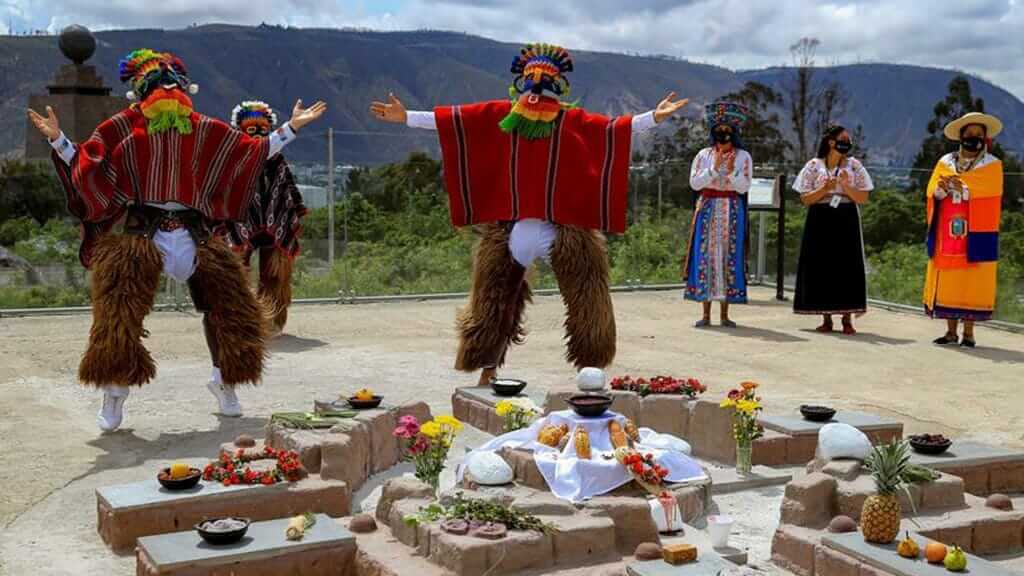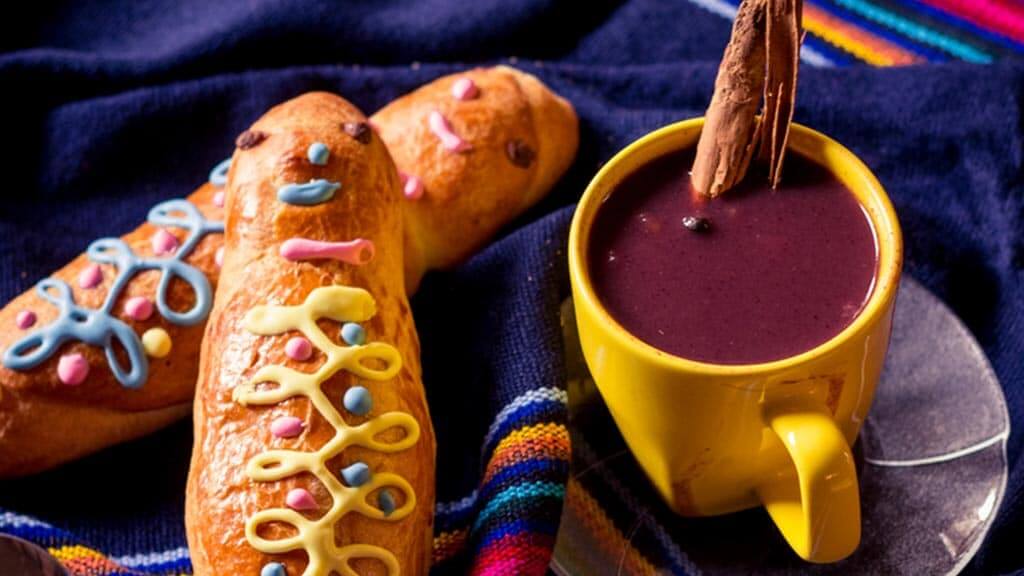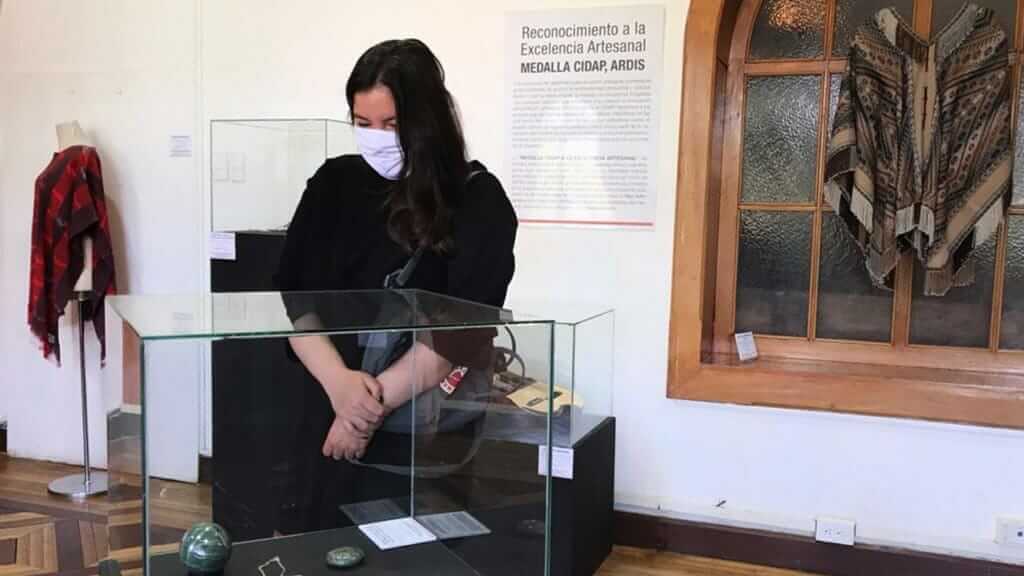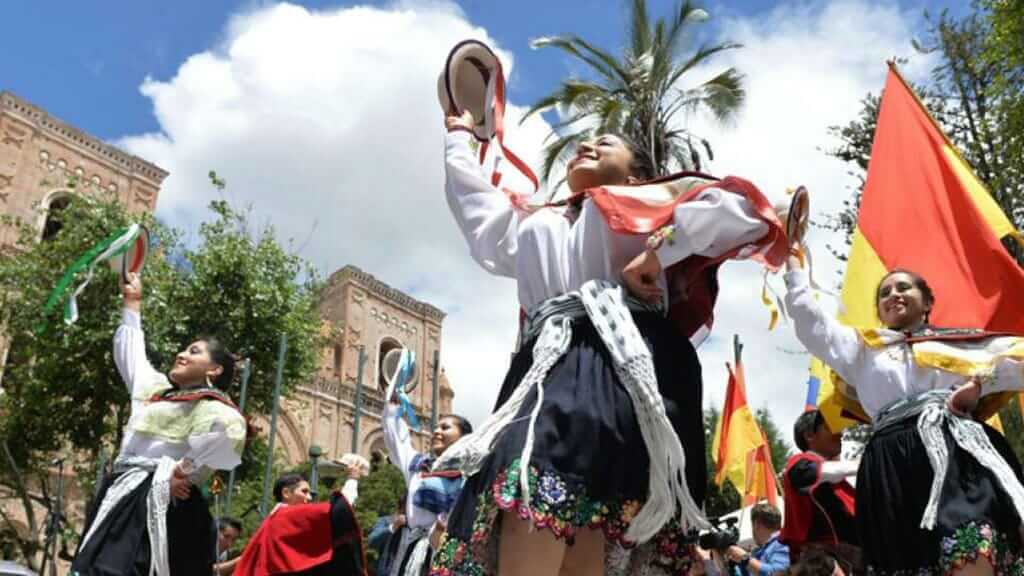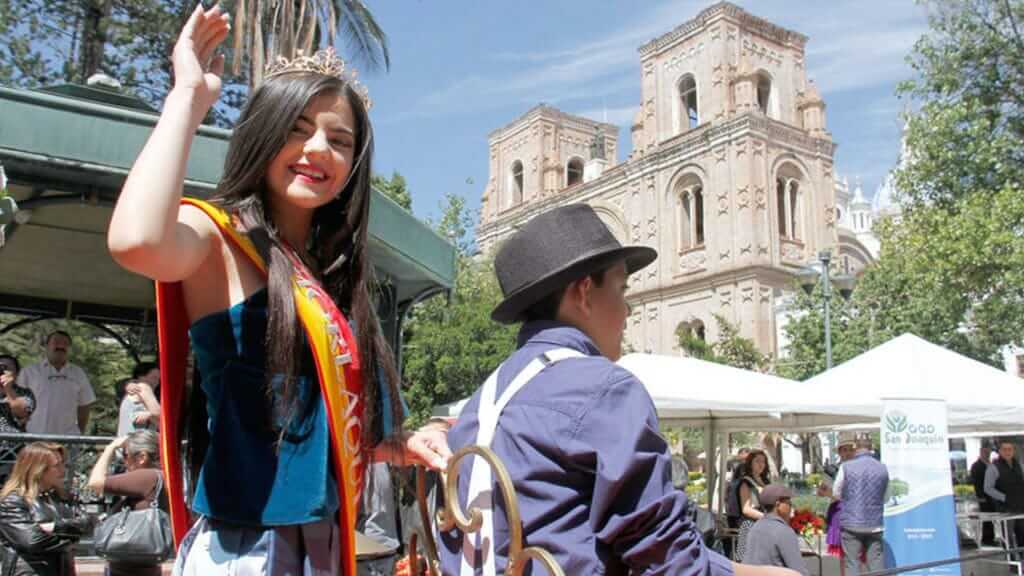Day of the Dead, on November 2nd is a traditional holiday observed all over Ecuador. November 3rd in Cuenca, the people take to the streets in force to celebrate the day that Ecuador’s third city declared its independence from Spanish rule almost two centuries ago. Falling on a Friday and Saturday, this long weekend marks a celebration of traditions. Keep reading for insight into the festivities and customs that go along with them.
SECURE YOUR ECUADOR TRAVEL
Get a FREE personalised quote todayDay of the Dead
Day of the Dead is a solemn remembrance to those that have passed away. Throughout the country, people gather at graveyards- bringing food, fruit, and flowers to share with their relatives. Guaguas de pan and colada morada are found in the midst of the formalities, being sold at the entrance to cemeteries or made at home and left on graves for the dead to enjoy.
Guaguas de pan are bread babies, sweet treats decorated with colorful frosting. For the indigenous people of Ecuador, they signify the belief that the departed regain their childhood innocence when they die.
The purple, colada morada is made by boiling a native orange-like fruit called naranjilla, and babaco-a cousin of the papaya along with blackberries, pineapples, cornflower and herbs. It, along with Guaguas de pan, is found in any given bakery, corner shop, and in the homes of Ecuadorians everywhere.
Recipes are passed down from generation to generation. Like the gatherings at gravesides where people from all walks of life come together throughout the day, there is a tradition involved when eating the two foods together. The bread is dunked into the hot drink, and the head is eaten first-it’s thought that this takes away bad thoughts.
The CIDAP Art Fair
Held on the grounds of the Inter-American Folk Arts and Crafts Association, this annual fair draws artists from all over Latin America and their booths spill out for blocks along the Tomebamba River.
Art in all shapes, colors, and sizes including bright canvases, musical instruments, jewelry, and textiles is displayed under tents-while artists form a makeshift community. They share their crafts, trade with other participants, and come together for food and drink at the end of the day.
GET FREE ADVICE
From an Ecuador destination expert todayStreet Parties
Across the city’s plazas there are planned and spontaneous events-fireworks, bands, and dance performances are held while revelers dance and drink into the night.
Parades
The celebrations come to a head on November 3rd with two annual parades-lavish costumes, traditional music, and dancing, and military processions fill the streets.
The military parade is the largest of the two with all the branches of Ecuador’s armed forces taking part, the police performing motorcycle stunts, and fireman marching down the streets.
The La Morlaquía Parade sees another side of the city-with women from the neighboring parishes dressed in finery marching in groups and riding on elaborate floats. The finale to the spectacle is the announcement of the winner of the Chola Cuencana contest. This is an annual competition between young women from more than 20 parishes for a crown that highlights the traditions of the Chola culture of the Andes. The indigenous mix of people stick to their traditions and the parade is often an overlooked favorite of those who attend the celebrations.
Book With The #1 Trusted
Ecuador Travel Agency
For more information about cultural travel in Ecuador, and the festivals that take place in the country during the year, contact a member of our team by clicking here.

